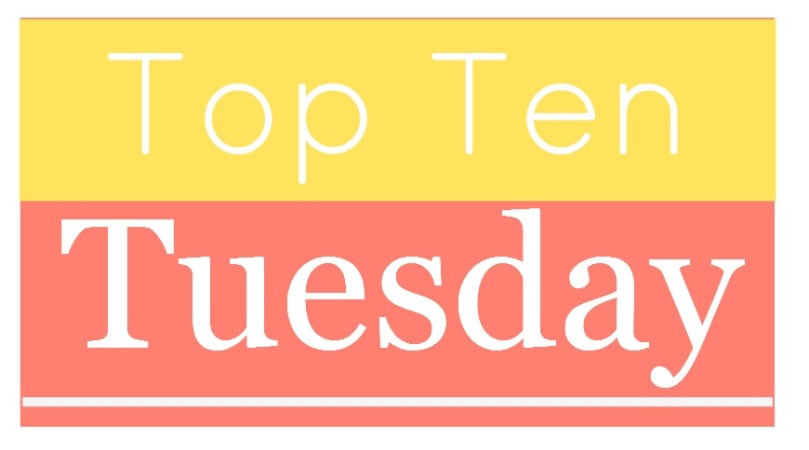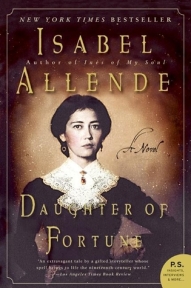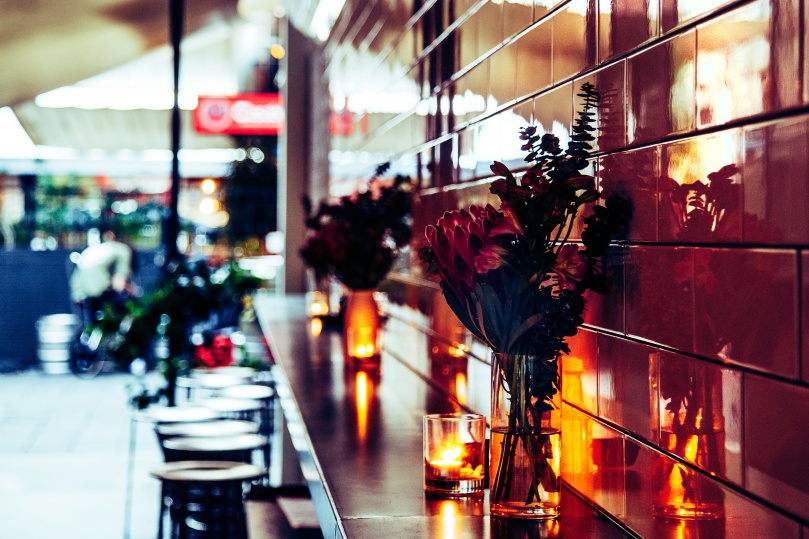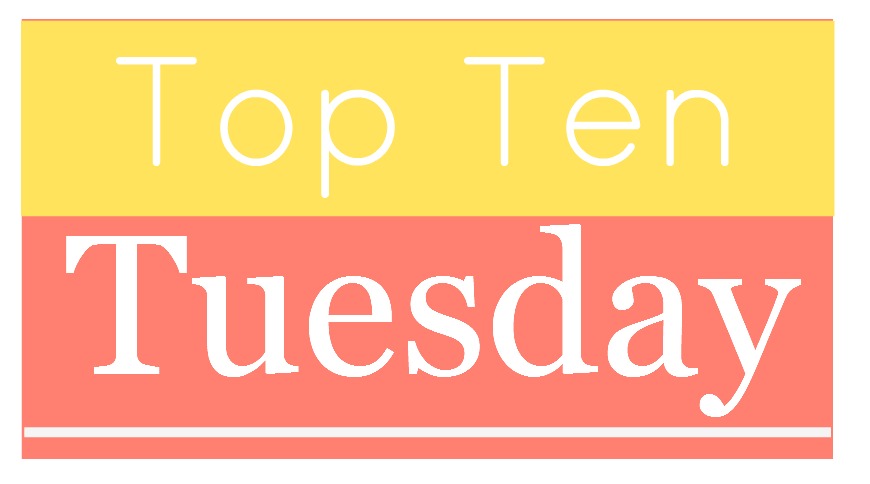In the first half of 2017, I read 33 books, putting me on track to read 66 in total this year. Since I’ve challenged myself to read according to the demographics of my country, the United States, I’m checking in on how well I’m doing that. Read more about my challenge in the kick-off post.
Last quarter I told you that I didn’t expect to be meeting all my goals, but now, being halfway through the year, I’m taking a more serious look at what I need to do to succeed.

Photo by Slava Bowman, courtesy of Unsplash.
Note that asterisks (*) indicate books that count toward more than one goal.
Here’s the breakdown of categories where I’m accomplishing my goals:
- People with disabilities (19%): should have read 6, have read 6
You may notice that The Outlaws of Sherwood, by Robin McKinley, has disappeared from this list. While McKinley currently lives with myalgic encephalomyelitis (ME), I don’t know if she did while writing The Outlaws of Sherwood, so I’m erring on the side of caution.- Hyperbole and a Half: Unfortunate Situations, Flawed Coping Mechanisms, Mayhem, and Other Things That Happened, Allie Brosh (depression)
- *The Painted Veil, W. Somerset Maugham (speech impediment)
- *The Color Purple, Alice Walker (blindness in one eye)
- *Hallucinations, Oliver Sacks (face blindness, blindness in one eye)
- The Choiring of the Trees, Donald Harington (deafness)
- *The Geek Feminist Revolution, Kameron Hurley (type I diabetes)
- Black and African American authors (12.2%): should have read 4, have read 4
- Flight to Canada, Ishmael Reed
- *The Color Purple, Alice Walker
- *Devil in a Blue Dress, Walter Mosley
- An Extraordinary Union, Alyssa Cole
- QUILTBAG community (10%): should have read 3, have read 9
- *The Painted Veil, W. Somerset Maugham
- *The Color Purple, Alice Walker
- Room, Emma Donoghue
- *Juliet Takes a Breath, Gabby Rivera
- *Hallucinations, Oliver Sacks
- The Long Way to a Small, Angry Planet, Becky Chambers
- *Ninefox Gambit, Yoon Ha Lee
- *The Geek Feminist Revolution, Kameron Hurley (type I diabetes)
- A Closed and Common Orbit, Becky Chambers
- Religions other than Christianity (6%): should have read 2, have read 4
- Hidden Warrior, Lynn Flewelling (Buddhist)
- *Devil in a Blue Dress, Walter Mosley (Jewish)
- The Oracle’s Queen, Lynn Flewelling (Buddhist)
- The Book of the Unnamed Midwife, Meg Ellison (pagan)
- Asian and Asian American authors (4.7%): should have read 2, have read 2
- The Emperor of All Maladies: A Biography of Cancer, Siddhartha Mukherjee
- *Ninefox Gambit, Yoon Ha Lee
These are the categories where I’m not meeting my goals:
- Books in translation (20%): should have read 7, have read 3
- *Daughter of Fortune, Isabel Allende (from the Spanish)
- Sophie’s World, Jostein Gaarder (from the Norwegian)
- Seven Years in Tibet, Heinrich Harrer (from the German)
- Hispanic and Latinx authors (16.3%): should have read 5, have read 2
- *Daughter of Fortune, Isabel Allende
- *Juliet Takes a Breath, Gabby Rivera
- Multiracial and Indigenous (3.1%): should have read 1, have read 0
I’m meeting – and even exceeding – some of my reading goals, but I’m not feeling too good about being four books behind on books in translation and three behind on Hispanic and Latinx authors. I’m in the middle of one book translated from French (Les Misérables) but I’ve still got 90% (AKA over 1000 pages) to go.
By reading some books written originally in Spanish by Central and South American authors (García Márquez, Borges, and more Allende are already on my list), I could double up on these two goals, but as a definite mood reader, that may be wishful thinking. In any case, I’ve got plenty of books on my TBR to choose from! (Too many? No such thing.)




 (Although I’ve linked to it hear, avoid the synopsis on Goodreads – it gives the whole story away, which I would’ve rather discovered in the course of reading.)
(Although I’ve linked to it hear, avoid the synopsis on Goodreads – it gives the whole story away, which I would’ve rather discovered in the course of reading.)

 Photo by Ben Garratt, courtesy of
Photo by Ben Garratt, courtesy of  The top left picture is cover art for Six Months, Three Days featured on
The top left picture is cover art for Six Months, Three Days featured on 